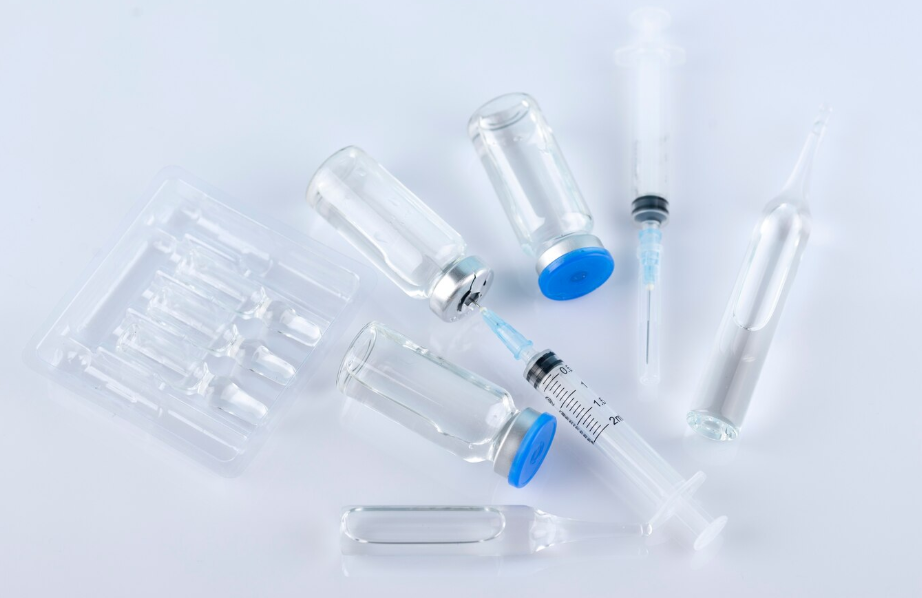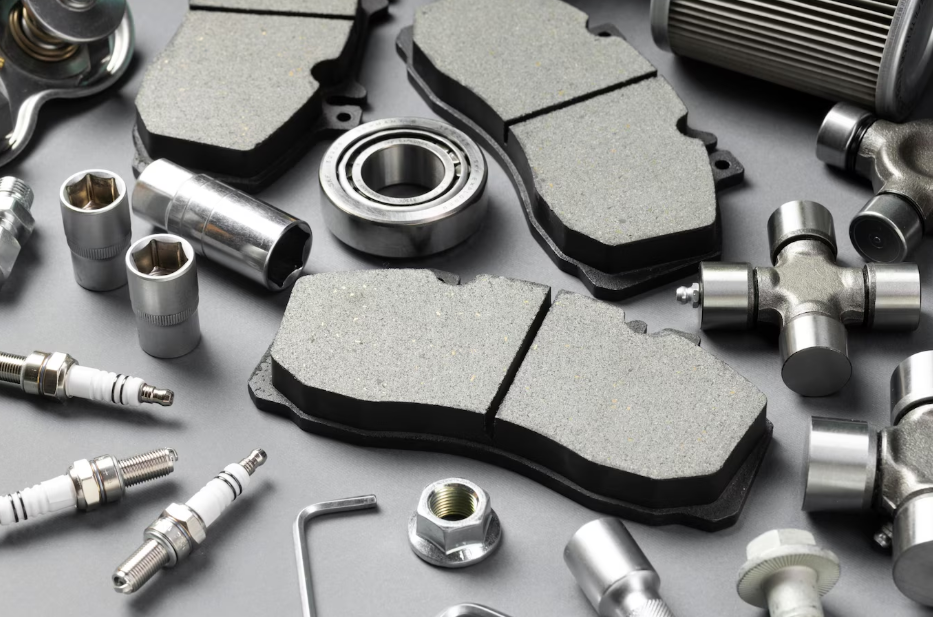There is always a great deal of wonder in the ability of humanity to create brand new materials using basic chemical principles. Plastics are a byproduct of oil; most of them are produced from raw oil, refined and chemically treated to obtain new compounds that are very helpful with the manufacturing of products. One of these modern marvels is thermoplastics, and we are going to discuss their properties and how they are used for plastic injection molding procedures.
Thermoplastics are created out of monomers. There is a chemical procedure used to link these monomers into branches. The resulting material is a plastic that goes very soft when it’s heated up, and it hardens a lot when it’s cooled off. Thermoplastics are considered one of the most versatile products in the manufacturing industry because of their recyclability properties, as well as the multiple applications it has in all stages of development.
As you can probably guess by now, the best feature of thermoplastics is their malleable properties. These resins can go from viscous states to liquid in a matter of moments. They can also get pretty stiff and hard when they are cold. This kind of curation can be done back and forward as many times it’s needed. Thermoplastics can be reused to create something from scratch as many as it takes. This material doesn’t shrink, and it keeps its shape once it has been used with a molding cast.
Table of Contents
ToggleTypes of Thermoplastics Available in the Market
You will find that thermoplastics are used to manufacture a lot of everyday implements at home. You already know they are made of plastic, but you probably don’t realize the type of plastic used on each one of them. Some of the most popular plastics resins include PVC, also known as polyvinyl chloride. There is also Acrylics, Acetal Homopolymer Polyoxymethylene, Copolymer Polyoxymethylene Nylon, Teflon, Polyethylene, Polycarbonate, Polypropylene, Polystyrene (the plastic used for packages)
The Pros and Cons of Using Thermoplastics
So far, we have listed a lot of benefits for you regarding thermoplastics. We are going to add a few more. The bad news is that there are also a few downsides to them too. Don’t worry, though. They don’t have a great deal of impact unless your manufacturer lets you know that it does.
Quick List of Pros
Reusability
The manufacturer will cut costs using thermoplastics. There is very little of this type of material lost during a production cycle since any faulty product can be melted back and used on other projects.
High-yield Choice
We have established that thermoplastics can be reused as many times as it’s needed. This capacity for recoverability gives these resins a high piece yield rate. The manufacturer won’t run out of this material as soon as they do with others.
Recyclable
The possibility of melting these types of plastics over and over makes them some of the most recyclables manufacturing products out there.
Useful for Prototyping
Thermoplastics are fantastic for any plastic injection model process. They work even better to create prototypes because they can endure the continual tests for the sake of functionality. When a prototype is successful, the plastic can be melted back and used for something else.
Suitable for High-Impact Applications
The molecular features of thermoplastics make them the best option to be used when you need to test high-impacts, stress endurance, and overall strength of the product.
Best Option for Thin-Wall Products
The flexibility and strength of thermoplastics make them the ideal choice for products that might need high-tensile properties or thin wall thickness. They are frequently used to create basic things such as grocery bags, garbage disposal bags, and other similar products.
They Offer Great Finishes
The malleability features of thermoplastics make them ideal for creating complex shapes such as decorations or logos. They can be easily treated with the right mold to create attractive consumer products.
They Can Withstand Chemicals
Almost all thermoplastic s have a high tolerance to chemicals. They are the best choice to create protective gear, such as the one used to deal with corrosive materials in a lot of industries.
Quick List of Cons
You Can’t Use Them for High-Temperature Applications
Thermoplastics work great in the manufacturing stage. The material can be liquefied and re-liquefied as much as is needed. The probe is that each time you do it, you make it less suitable to be used on anything but manufacturing. They also can’t handle hydrocarbons, polar solvents, or organic solvents.
The Material is Susceptible to Creep
A plastic creep is something that happens when the material stretches and weakens after being exposed to long-term stress. Some of them even crack under high-stress conditions.
How are Thermoplastics Used?
We previously mentioned that you could be surprised at how much these materials are used in our everyday lives. Thermoplastics are used for sports equipment, toys, bottles, containers, vests of any kind, and the piping systems in most modern cities. They are one of the most suitable materials for most of these tasks because they can withstand the corrosion of the elements. They are also useful to handle moving temperatures as well as any fluid.







